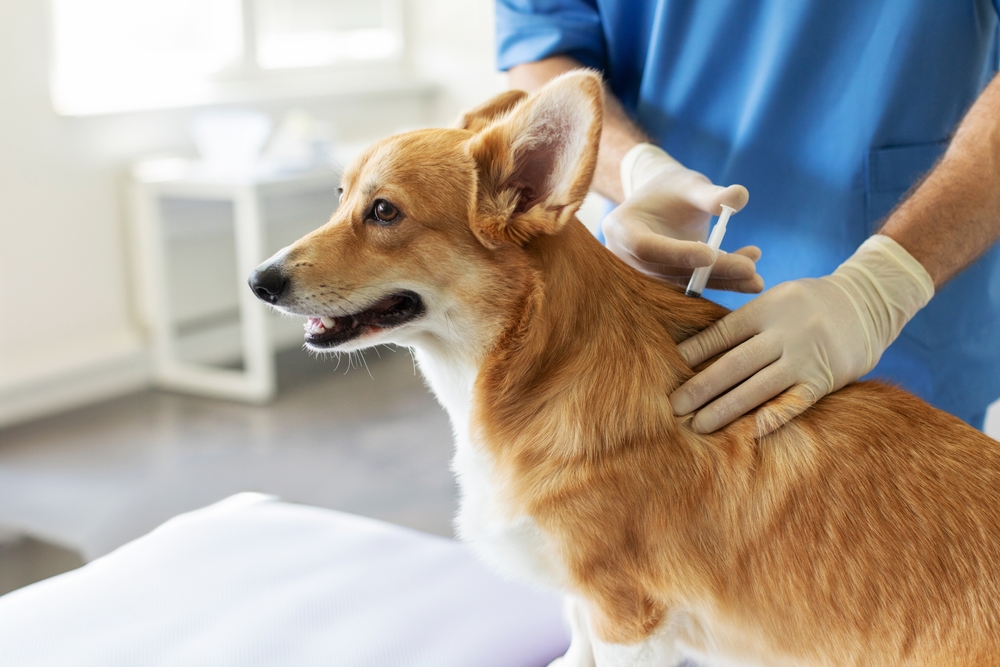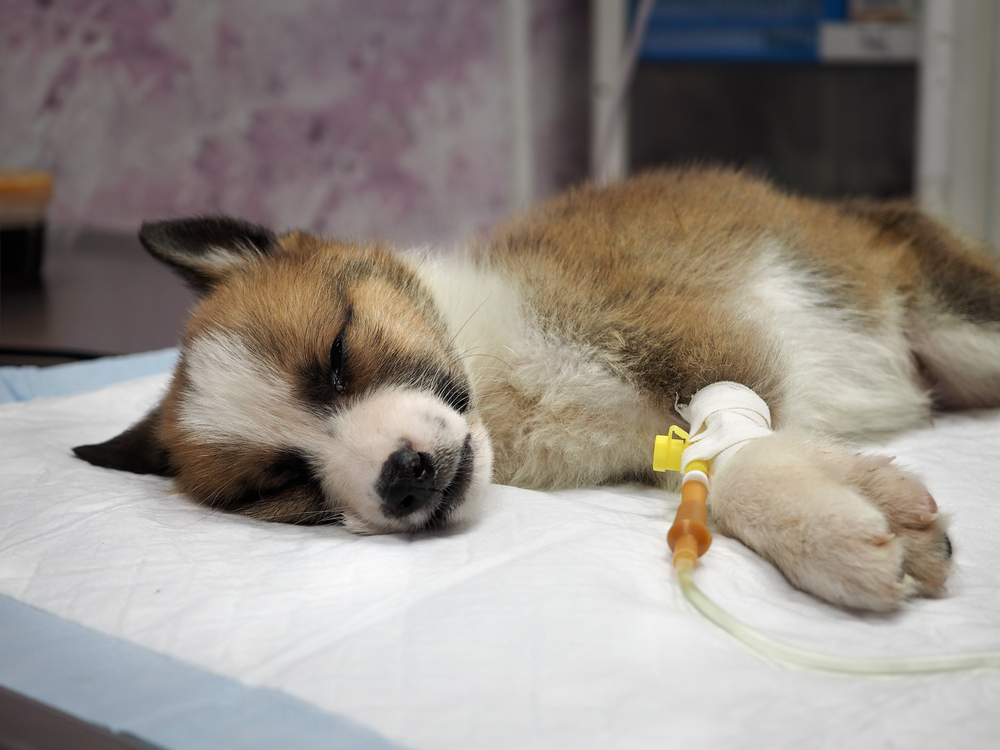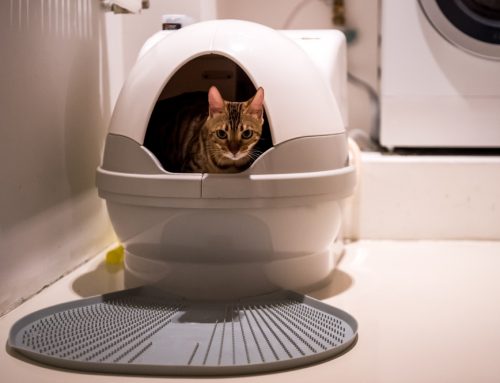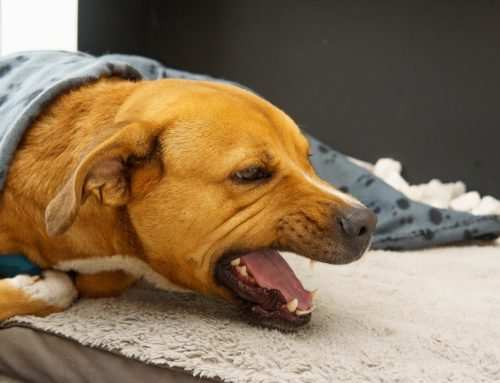Many dog owners are concerned that their beloved four-legged friend could develop parvovirus, which is understandable because the illness is serious. Canine parvovirus (CPV), often referred to as parvo, is a highly contagious viral illness affecting dogs, particularly puppies and unvaccinated dogs. Our West Vets Emergency Veterinary Clinic team explains parvo causes, signs, and prevention strategies to help reduce your furry friend’s risk.
What causes parvo in dogs?
Parvovirus is a highly contagious virus that spreads through contact with an affected pet or contact with a contaminated object such as feces, food, and water bowls. Parvovirus type 2 (CPV-2) can cause severe diarrhea and dehydration in puppies and adult dogs. The virus can survive in the environment for a long time, making eradication challenging. Parvo is resistant to many typical disinfectants and can withstand various environmental conditions, including extreme temperatures. An infected dog’s feces are the most common virus source. A dog can contract the virus by sniffing or licking contaminated feces, surfaces, or objects. People can also inadvertently carry the virus on their hands, shoes, or clothing after coming into contact with contaminated materials.
What are canine parvovirus signs?
A dog’s parvo signs depend on the virus’s phase. CPV signs typically manifest in the following phases. :
- Initial signs — Infected dogs may experience extreme tiredness and lethargy, as well as a noticeable appetite decrease or refusal to eat.
- Gastrointestinal (GI) signs — Once the virus takes hold, an infected dog will have persistent vomiting and diarrhea, which has a characteristic foul smell and sometimes contains blood. An affected dog can quickly become dehydrated, which is a critical concern when they have severe vomiting and diarrhea episodes.
- Secondary effects — Some dogs with parvo may develop a fever or exhibit abdominal pain or discomfort signs.
Is parvo in dogs treatable?
A canine parvovirus monoclonal antibody is available to treat the virus in dogs 8 weeks and older. The one dose treatment mimics the dog’s antibodies and binds to the virus to neutralize it before it can enter the cells. Other treatment involves intensive supportive care to manage the virus’s effects and prevent secondary infections. The following are CPV care strategies:
- Hospitalization and intensive care — To combat severe dehydration caused by vomiting and diarrhea, intravenous (IV) fluids are administered to maintain hydration. Balanced electrolyte solutions, sometimes supplemented with nutrients, are critical for stabilizing an affected dog’s condition.
- Medications — Our West Vets Emergency Veterinary Clinic team often uses medications to control vomiting and nausea, such as maropitant—Cerenia—or metoclopramide. Additionally, broad-spectrum antibiotics are administered to prevent or treat secondary bacterial infections, which can occur because of a weakened immune system and compromised gut integrity. Analgesics may be prescribed to manage abdominal pain and discomfort.
- Nutritional support — Once a dog can tolerate eating again, small, frequent feedings of a bland, easily digestible diet are introduced. In some cases, nutritional support may be provided via a feeding tube.
- Monitoring — Our team continuously monitors an affected dog’s vital signs, hydration status, and care response. Based on the dog’s progress, we adjust their care strategy. After initial recovery, follow-up visits to our veterinarian ensure that the dog is fully recuperating and address any lingering health issues.
How can I protect my dog from parvo?

Since CPV can be fatal, knowing how to prevent your furry friend from contracting this virus is imperative. Follow these proactive measures:
- Vaccination — Puppies should receive their first parvovirus vaccination at 6 to 8 weeks, followed by booster shots every three or four weeks until they are 16 to 20 weeks old. Regular booster vaccinations for adult dogs are crucial for maintaining immunity throughout their lives.
- Hygiene and limited exposure practices — Regularly disinfecting living areas and items that dogs come into contact with is essential. Use effective disinfectants known to kill CPV. Prevent your furry friend from interacting with feces or unfamiliar dogs in public spaces. Be cautious when introducing new dogs into your home, especially if they have an unknown vaccination history.
- Veterinary care — Make an appointment with our West Vets Emergency Veterinary Clinic team when your dog exhibits their first illness sign. Early treatment can significantly improve your dog’s recovery chances. Regular veterinary visits ensure your furry companion remains healthy and up-to-date with vaccinations.
Canine parvovirus is a severe and potentially deadly disease, but you can significantly reduce your pet’s risk by following proper preventive measures, including vaccinations and good hygiene practices. Remain vigilant for CPV signs and seek immediate veterinary care with our West Vets Emergency Veterinary Clinic team if you suspect your dog is infected. By understanding CPV’s causes, signs, and preventive steps, you can better protect your canine companion from this formidable virus.







Leave A Comment